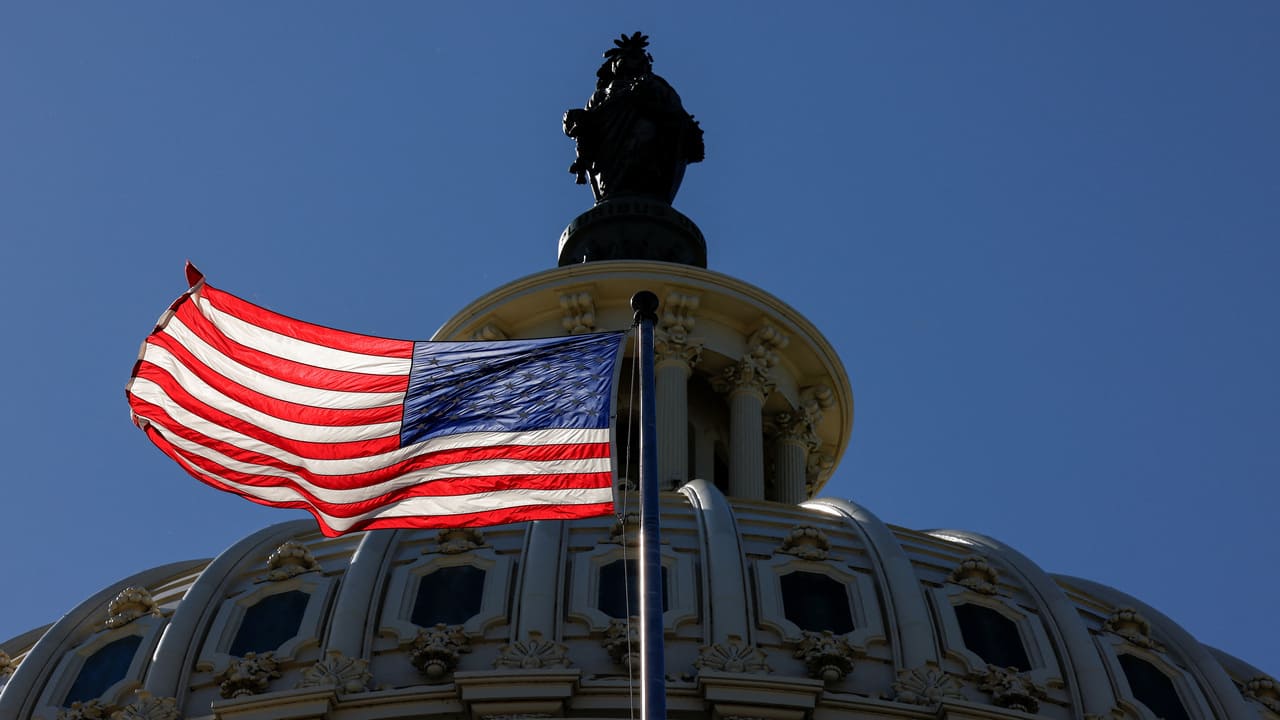
IndependentReport – As the midnight deadline approaches, the United States government stands on the brink of a partial shutdown. Without an agreement on temporary spending measures, federal operations are at risk of grinding to a halt. The impasse stems from the inability of Congress to pass a stopgap funding bill that would keep government services afloat in the short term.
Repeated attempts at compromise have failed. Senate Republicans have once again pushed forward a temporary funding package, only to be met with resistance from the Democratic majority. At the heart of the dispute lies a disagreement over whether health benefits should be included in the emergency spending bill, highlighting the deep partisan divide that continues to paralyze Washington.
Democrats insist that the temporary spending bill must include provisions to extend health benefits set to expire at the end of the year. They argue that protecting access to healthcare for millions of Americans is non-negotiable. And that excluding it from the bill would jeopardize vulnerable populations across the country.
Republicans, on the other hand, maintain that healthcare policy should be debated independently of emergency budget negotiations. According to them, tying health benefits to the funding bill only complicates the process and delays urgent fiscal decisions. This standoff underscores the increasingly polarized political climate in the U.S.
Read More : Trump Portland Announcement Sparks Controversy, Pentagon Steps In
Unlike prior shutdowns, the Trump administration has raised the possibility of permanent layoffs for nonessential federal employees if funding is not extended. Traditionally, shutdowns have led to furloughs temporary unpaid leave for workers who eventually return once funding is restored. This time, however, officials warn that job losses could be permanent.
The Department of Health and Human Services, for example, anticipates that roughly 41 percent of its workforce could be affected. Training programs, onboarding of new staff, and other noncritical services would also come to a standstill. The specter of mass layoffs adds a new level of anxiety among federal employees, raising fears of long-term instability in the civil service.
The looming shutdown is already influencing financial markets. The U.S. dollar has weakened against major global currencies as traders react to heightened uncertainty. One major concern is that the release of key economic data such as the monthly jobs report could be delayed, depriving policymakers and investors of critical information.
Without timely macroeconomic indicators, the Federal Reserve may find it difficult to chart its course on interest rates. In addition, the political stalemate has rattled bond and equity markets. Amplifying volatility at a time when global investors are already grappling with shifting economic conditions. The U.S. fiscal crisis is proving to be not only a domestic issue but also a potential disruptor of global economic stability.
Several critical factors have intensified the current budget standoff:
These factors reveal that the crisis goes far beyond the mechanics of budgeting. It strikes at the credibility of the U.S. government and its ability to maintain stability both domestically and abroad.
Also Read : Amazon Taps Software Giant in Bold 9B Plan to Build Independent Cloud for Europe
Beyond the immediate consequences, the possibility of a shutdown poses long-term risks to the government’s reputation. If federal workers face permanent layoffs, the public may begin to question the ability of their leaders to uphold the most basic functions of governance. Allowing partisan disputes to jeopardize everyday services erodes confidence in democratic institutions.
On the international stage, doubts could grow about America’s fiscal reliability. Investors and trade partners may view the inability to manage routine budget extensions as a warning sign about U.S. capacity to respond to larger crises or sustain global economic leadership. As the world’s largest economy, the stakes are extraordinarily high.
Ultimately, the looming shutdown is more than a partisan battle over funding. It is a test of institutional resilience, public trust, and America’s standing in the global arena. Whether leaders in Washington can bridge their divides will determine not just the fate of government workers, but also the credibility of the United States itself.
This Article US Government Crisis Written by: Lukman Azhari | Editor: Micheal Halim
Information Source: NBCnews.com